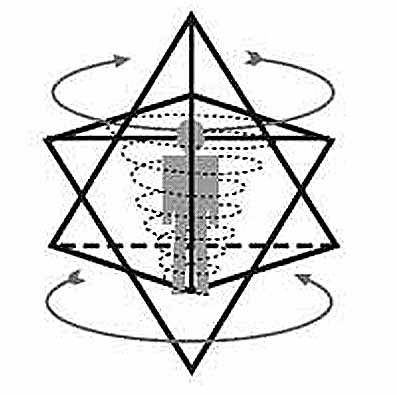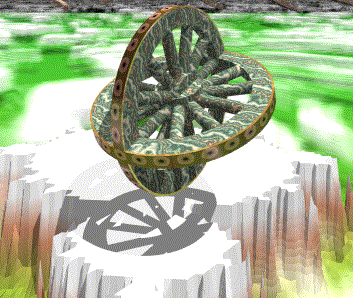In medieval Judaism, the beginning of the book of Ezekiel was regarded as the most mystical passage in the Bible, and its study was discouraged, except by mature individuals with an extensive grounding in the study of traditional Jewish texts.
Jewish biblical commentaries emphasize that the imagery of the Merkaba is not meant to be taken literally; rather the chariot and its accompanying angels are analogies for the various ways that God reveals Himself in this world.
Maimonides in his 13 principles of faith emphasies that God is not limited to any particular form, as this prophesy might seem to imply.
Chassidic philosophy and Kaballah explain at length what each aspect of this vision represents in this world, and how they in no way imply that God is made up of these forms. The danger of understanding these passages as literal descriptions of God's image likely accounts for the opposition among Torah scholars towards learning this topic without the proper initiation. Jews customarily read the Biblical passages concerning the Merkaba in their synagogues every year on the holiday of Shavuot.






